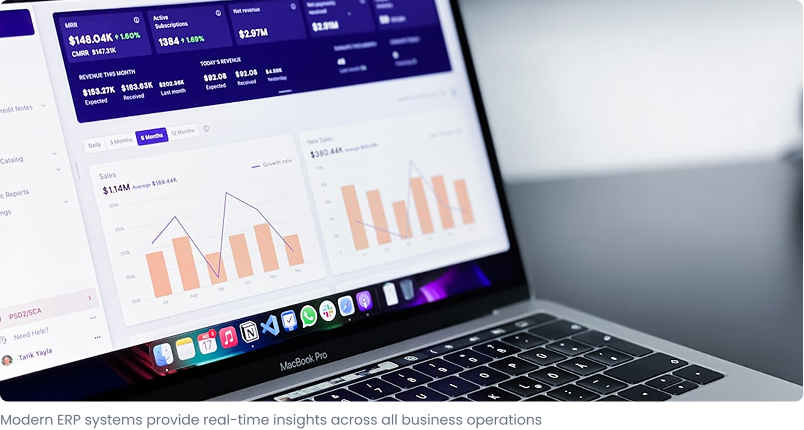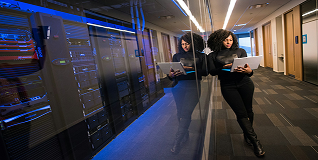Israr Ahmed
Nov 12, 2025 • 10 min read

Choosing Agile or Waterfall isn’t a debate about which is “better”—it’s a strategic decision about what fits your product, people, and regulatory environment. This guide breaks down both methodologies, shows how hybrids work in 2025, and helps you pick the mix that delivers on your business goals.
Agile breaks work into small increments (sprints) that deliver usable software frequently. Teams gather feedback, adjust priorities, and iterate rapidly—perfect when markets shift, ideas evolve, or customer feedback is essential.
A fintech startup launches an AI-powered expense tracker. They ship a simple MVP, gather weekly user feedback, and iterate on features—refining AI insights and UX in each sprint without restarting the whole project.
Waterfall follows a linear path: gather requirements, design, build, test, deploy. Once a phase is done, you don’t go back. It’s ideal for projects with fixed scope, strict compliance, or where change is costly.
A government agency builds a national healthcare system. Legal requirements dictate functionality, security, and documentation. Waterfall ensures every phase is signed off before development—vital when mistakes jeopardize compliance.
Use this table to see how Agile and Waterfall handle the pillars of modern delivery:
Can’t choose one? Many teams in 2025 blend Agile and Waterfall to suit their environment. Here are the most common mashups:
Plan and release with Waterfall, execute development sprints with Scrum. Common in large enterprises balancing governance and agility.
Fix scope, budget, and milestones like Waterfall, but execute delivery in iterative sprints to handle evolving technical decisions.
A framework that blends Agile, Lean, and traditional methods to cover the entire delivery lifecycle from architecture to deployment.
The best methodology isn’t Agile or Waterfall—it’s the strategy that aligns with your product maturity, regulatory environment, and team culture. Many high-performing organizations blend techniques, using Waterfall for governance and Agile for delivery. Start with how your business creates value, then tailor the playbook to match.
We help teams audit their delivery process, introduce Agile where it accelerates value, and keep Waterfall discipline where governance demands it. The result: predictability with the adaptability modern products require.
Let’s build a methodology mix your leadership, product, and engineering teams can rally around.
Israr Ahmed
Delivery Transformation Lead at SA Systems
Israr advises scale-ups and enterprise PMOs on blending Agile and Waterfall—mapping methodology to product strategy, governance, and team readiness.
 Software Development
Software DevelopmentNov 12, 2025
 Software Development
Software DevelopmentNov 12, 2025
.png) Software Development
Software DevelopmentNov 12, 2025
.png) Software Development
Software DevelopmentNov 12, 2025